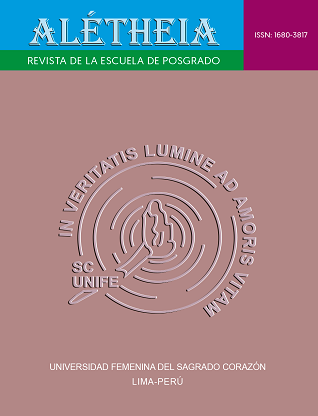Evaluation of nutritional status, body composition and distribution of fat in a vegan population
DOI:
https://doi.org/10.33539/aletheia.2014.n2.1104Keywords:
vegan population, nutritional status, body composition, distribution of fat and waist circumference.Abstract
The main objective of the study was to determine the nutritional status, body composition and distribution of fat in vegan population in Quan Yin Meditation Centre by a descriptive, non-experimental, cross-sectional study, as well as it describes the features of the vegan diet . This will go deeper into the issue and provide a basis for further research.
The population consisted of all members of the Quan Yin Meditation Centre (44 adults), whom BMI, percent body fat, percent lean mass and waist circumference was obtained. Nonparametric test of Mann-Whitney was used. The level of significance was p=0.05 with the respective degrees of freedom. Statistical analysis was done using SPSS. The results show a prevalence of 77.3% in normal BMI. As a percentage of fat, predominantly mild overweight (38.6%); optimal fat percentage was found in 23.3%. On the other hand it was observed that the group of body fat percentage than optimal (slightly overweight, overweight and obese) outperformed the optimal fat percentage with 72.73%; percentage of lean mass was found acceptable in 52.3%. It was found that 72.8% (32) no cardiovascular risk according to waist circumference. It was concluded that people who eat a vegan diet tend to have a lower rate of body mass. The percentage of fat vegans depend on the quality of their food (fried or natural food vs. processed). It was confirmed that the vegan diet is associated with a reduced tendency to cardiovascular risk. It has been found that properly planned vegan diets are healthful, nutritionally adequate and help maintain a healthy weight.





